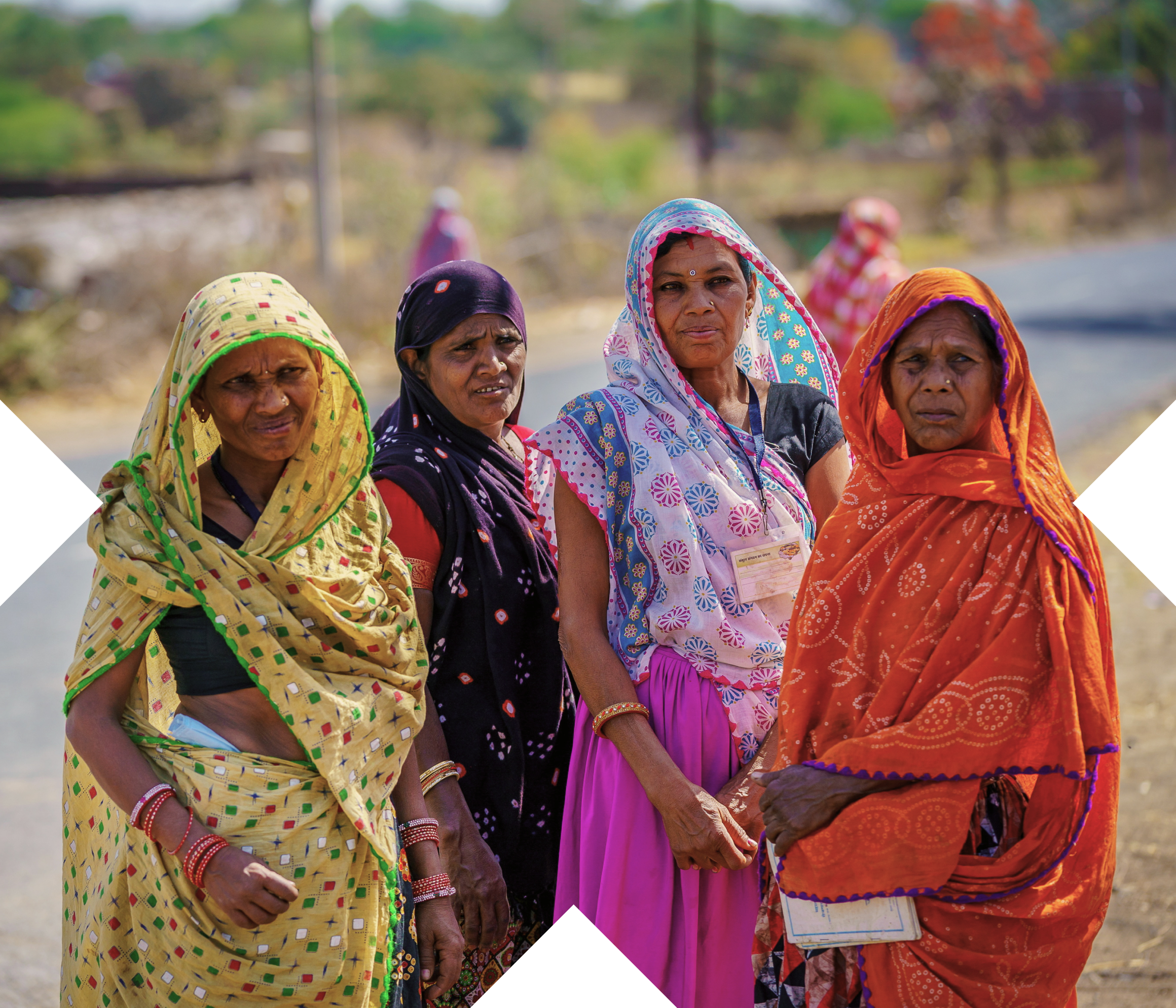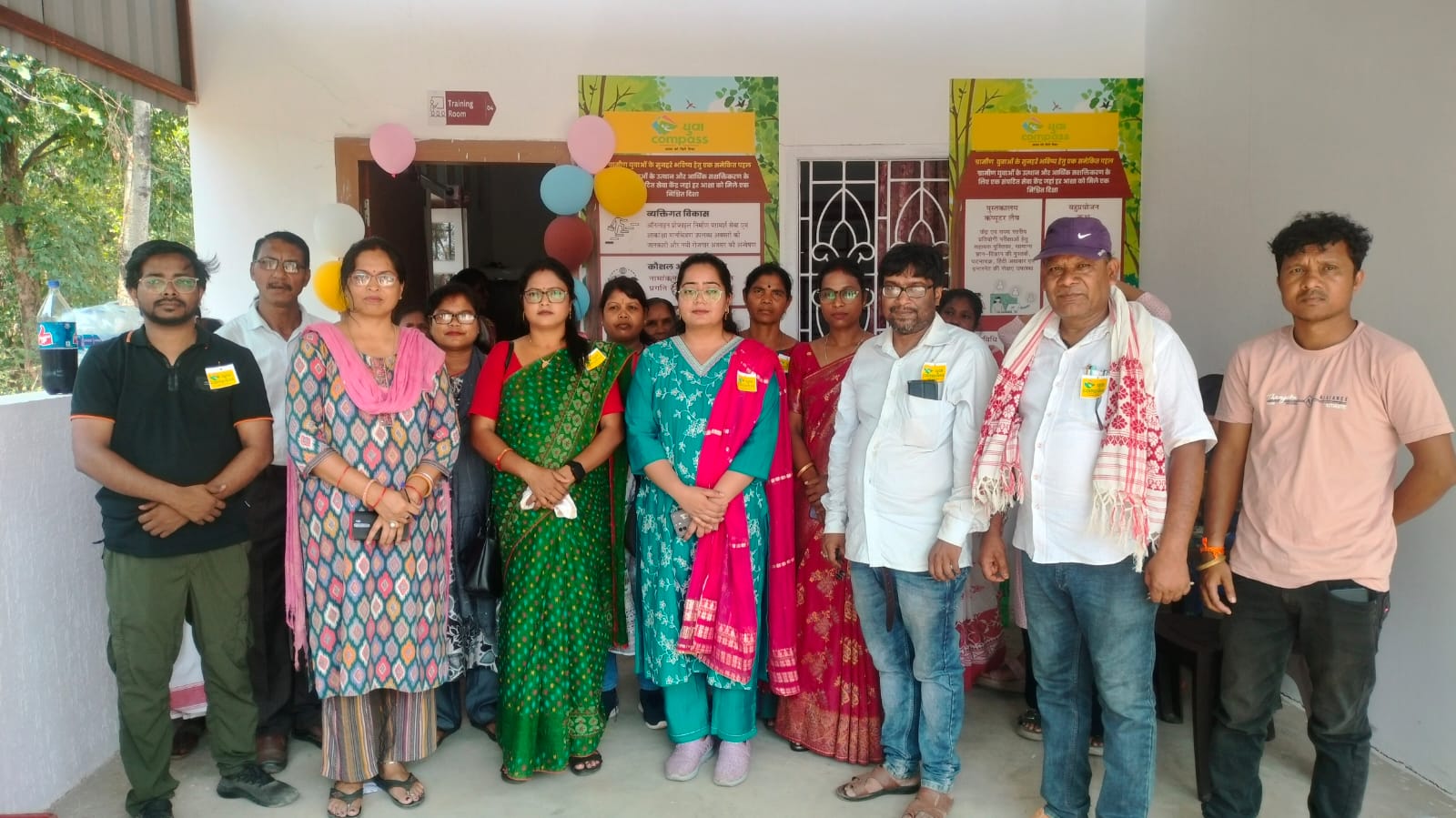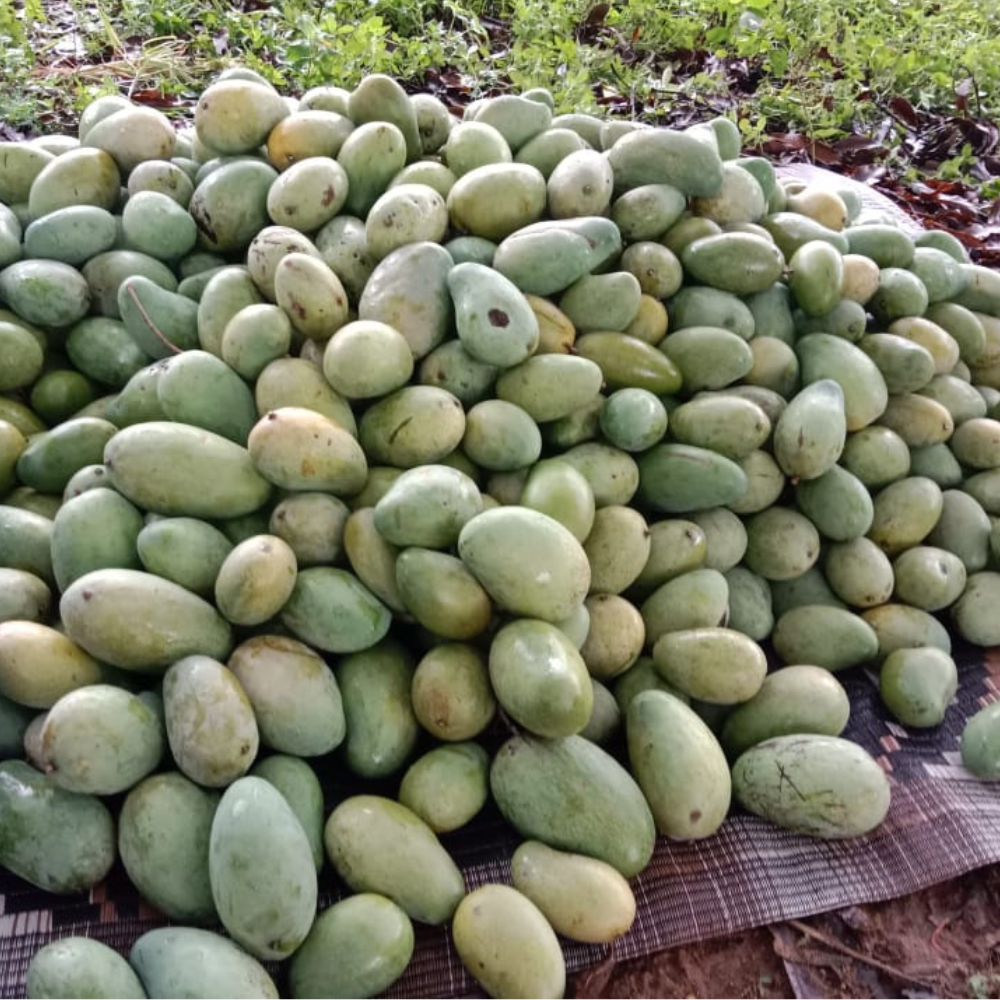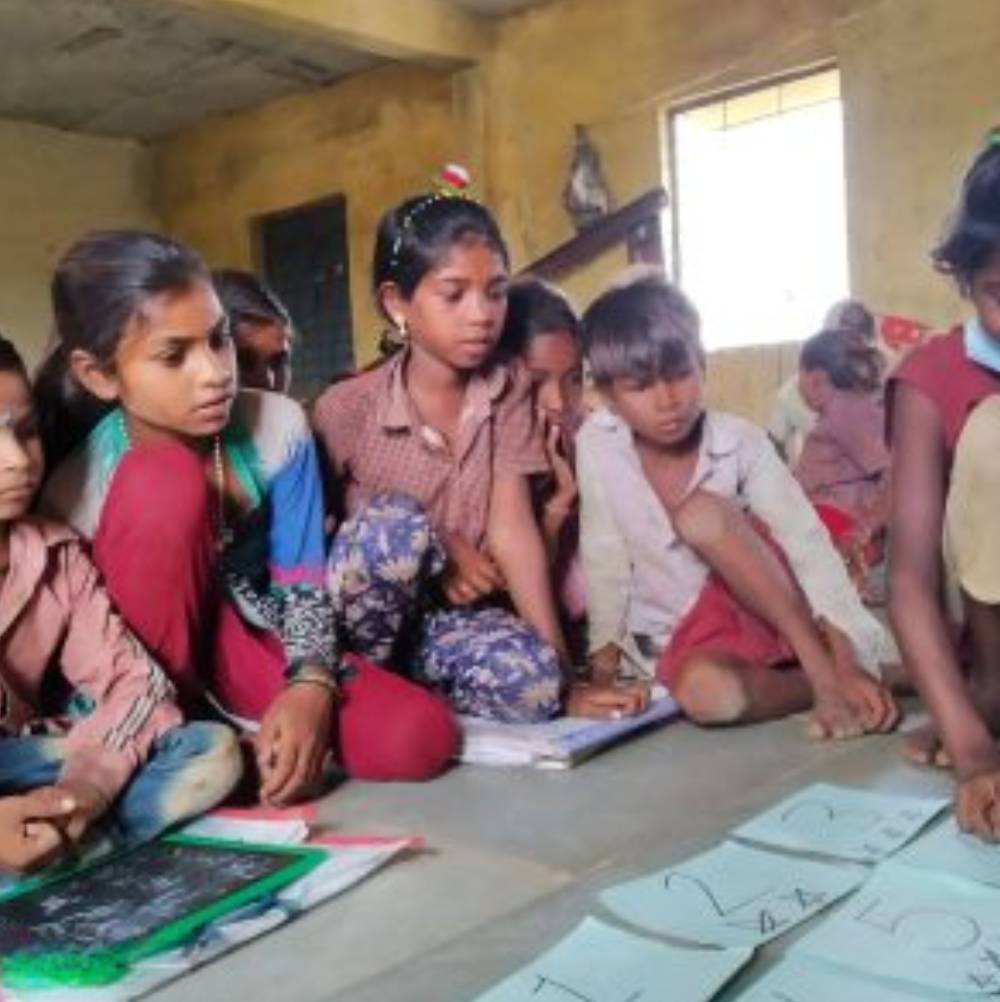
Our work with women and rural communities has created opportunities to transform stranded India. Rural women begin to believe that a better life is possible and become more involved in decision-making. The impact is evident in reduced poverty, stable incomes, improved health and education, the emergence of agri-entrepreneurs and increased rural employment. This transformation lasts from one generation to the next, making it truly regenerative.
Independent assessment show gains on adoption of IYCF practices – 3 ANC visits and breastfeeding for 6 months, food diversity, use of toilets; access to health & nutrition services, marked increase in student attendance, increased teacher’s presence in schools, and improvements on retention and transition. Productivity and income show a 37% increase in HHs with gross annual income greater than INR 1,00,000.

.


In Kaudawand, a village plagued by mistrust and failed development projects, TRI introduced a new approach to natural resource management. Through community-driven planning and transparent processes, villagers regained hope and trust in the system. A simple gesture of a rejected bribe symbolized this shift, marking a new beginning for the community.

In rural India, menstruation is a stigmatized topic, leading to harmful practices like isolation and confinement in “menstruation huts.” Channabodi village, however, defied tradition by transforming their hut into a community center for women. This initiative has empowered women, improved their health, and shifted community attitudes towards menstruation.

Rajkumar Yadav, a resident of Bhoktadih village in Hunterganj block, Jharkhand, experienced a remarkable transformation. What was once a barren land, exposed to wild animals, is now a thriving mango orchard. This success story stands as evidence of the growing impact of the Birsa Harit Gram Yojna (BHGY).

India has the exceptional achievement of having a primary school within 1km in 98 percent of its habitations. But the good progress on getting rural children to school is substantially lost with low retention and insufficient learning levels, essentially restricting future opportunities and prospects.
Vashni Dalia Bamaniya, Sutrati village

Transform Rural India (TRI) participated in the 4th Annual GOYN Global Convening to share best practices and build partnerships for fostering rural youth employability and entrepreneurship in India. TRI’s ‘Thoughtful Tarakki’ approach emphasizes community collaboration, place-based solutions, and multidimensional support.
Vashni Dalia Bamaniya, Sutrati village

Education in rural India is plagued by many problems. Poor infrastructure, access difficulties, a lack of financial support and the poor quality of educators are a few of the most compelling issues. Ensuring quality education for children is a pressing need to break the cycle of poverty, empower communities and foster economic growth. Recognizing this need,
Vashni Dalia Bamaniya, Sutrati village

Sweet potato has been an unsung superfood for quite some time now. Packed with vitamins, minerals, and fiber, sweet potatoes offer a unique blend of health benefits. This climate-resilient crop has been making ripples in the farming landscape across India. Recognizing its immense nutritional value, TRI has embarked on the ground-breaking initiative of introducing biofortified sweet potatoes in the Gola and Dulmi blocks of Ramgarh district in Jharkhand.
Vashni Dalia Bamaniya, Sutrati village

Sumanti, a rural woman in India, dreamt of a better life beyond farming. Through training and support from Transform Rural India (TRI), she transformed her millet farm and opened a successful bakery, generating income and empowering herself and her community.
Vashni Dalia Bamaniya, Sutrati village

Driven by a desire for a better future, Sumitra Kujur transformed her life by starting a bio-resource center offering organic alternatives to farmers. This not only doubled her family’s income but also inspired the community to adopt sustainable practices, showcasing the power of entrepreneurship to create positive change.
Vashni Dalia Bamaniya, Sutrati village
Reach us at
TRI Square,
43 Community Centre Zamrudpur,
Kailash Colony Extension,
Behind Hanuman Mandir,
New Delhi,
Delhi 110048
+91 11 43068096